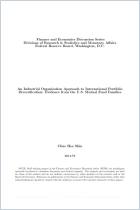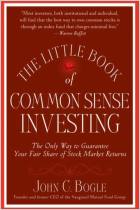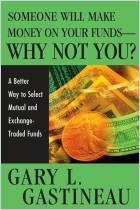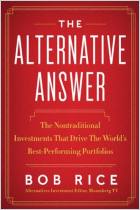
Report
The Shift from Active to Passive Investing
Potential Risks to Financial Stability?
Read or listen offline
automatisch generiertes Audio
1×
automatisch generiertes Audio
Recommendation
Passive asset management has profound implications for global financial stability, according to this scholarly study from Federal Reserve researchers Kenechukwu Anadu, Mathias Kruttli, Patrick McCabe, Emilio Osambela and Chae Hee Shin. They isolate the impacts passive funds could have on liquidity transformation, volatility and asset valuation, and find that these developments bear importantly on risk management. Retail and institutional investors, as well as risk professionals, investment managers and regulators, will find this a worthwhile read.
Take-Aways
About the Authors
Kenechukwu Anadu is an analyst at the Federal Reserve Bank of Boston. Mathias Kruttli et al. are economists with the Board of Governors of the Federal Reserve System.

















Comment on this summary or Diskussion beginnen